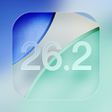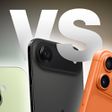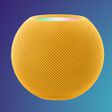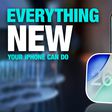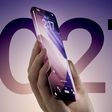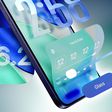Every year, Apple provides free scholarships to students and STEM organization members who don't have the $1,599 necessary to purchase a ticket to the Worldwide Developers Conference.
For Apple's 2019 WWDC event, scholarship applications were accepted from March 14 to March 24, with Apple promising to notify winners on April 15. April 15 has rolled around and emails are going out to those who were chosen to receive a scholarship now that Apple has reviewed the submissions.
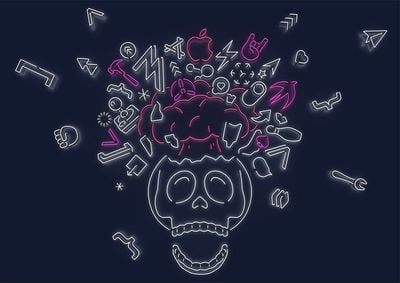
Apple is offering 350 scholarships in total, which will include a WWDC ticket, free lodging, and a one-year membership to the Apple Developer Program.
🎊 I've won a #WWDC19 Scholarship! 🎊
Whether or not you were accepted, it was a great learning experience, and it was tons of fun chatting and having fun in the #WWDCScholars chat pic.twitter.com/ccn35lxIQ8 — Julian Schiavo (@justJS_dev) April 15, 2019
Apple asked scholarship applicants to create an interactive Swift Playground able to be experienced within three minutes. Like last year, submissions were judged applications based on technical accomplishment, creativity of ideas, and content of written responses on the accompanying application.
I’m so excited 😍 @Apple #WWDC19 pic.twitter.com/YlA9ZXfijB — Yakov Manshin (@yakovmanshin) April 15, 2019
Apple held its developer ticket lottery in March and notified developers who won a full price ticket on March 21.
At this year's WWDC event, Apple is expected to debut iOS 13, macOS 10.15, tvOS 13, and watchOS 6 at a keynote event set to be held on June 3. WWDC 2019 will take place from June 3 to June 7 at the McEnery Convention Center in San Jose, California.
Scholarship students and developers who were not chosen to attend the event will be able to follow along with the conference using the WWDC app and developer website.


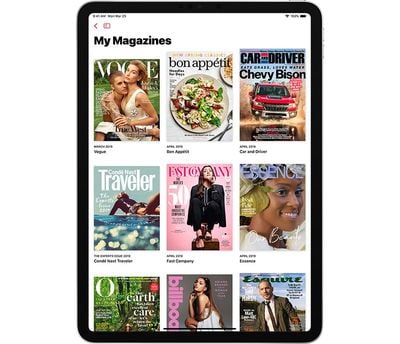
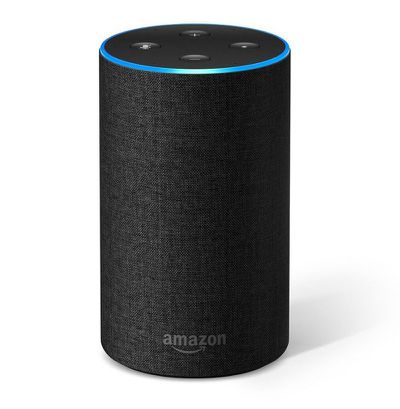
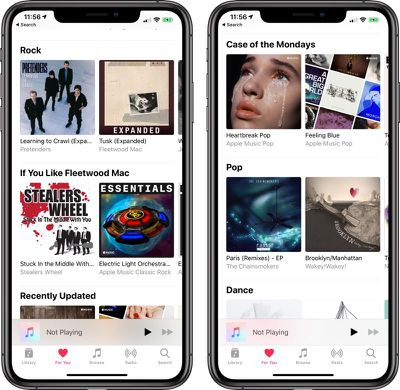
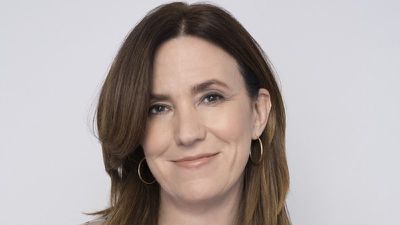
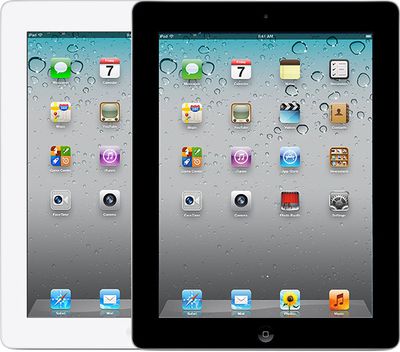
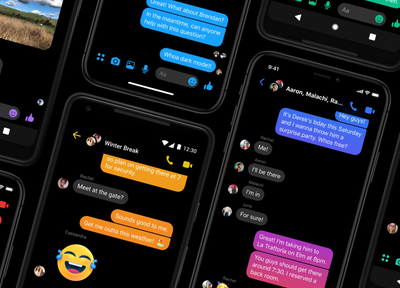
 As noted in a regulatory filing from February, Apple's retail chief Angela Ahrendts is leaving the company today, with April 15 marking her last day at Apple.
As noted in a regulatory filing from February, Apple's retail chief Angela Ahrendts is leaving the company today, with April 15 marking her last day at Apple.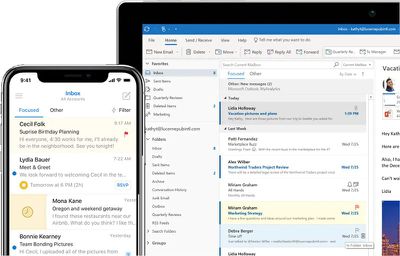
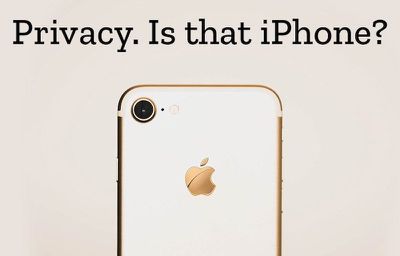
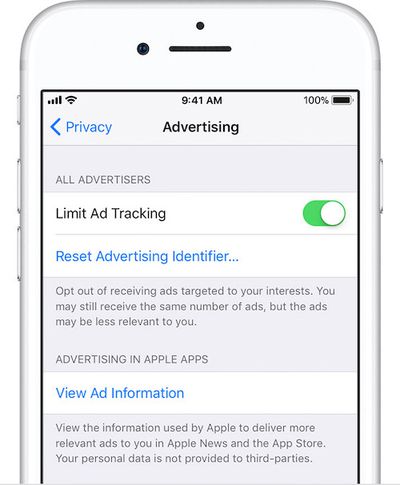
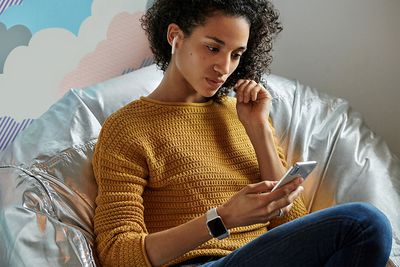
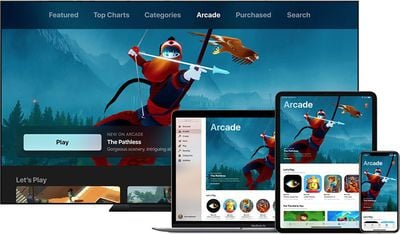
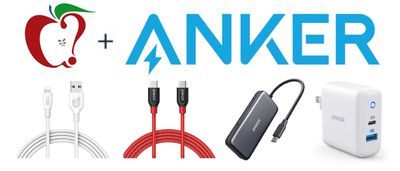 Note: MacRumors is an affiliate partner with Amazon. When you click a link and make a purchase, we may receive a small payment, which helps us keep the site running.
Note: MacRumors is an affiliate partner with Amazon. When you click a link and make a purchase, we may receive a small payment, which helps us keep the site running.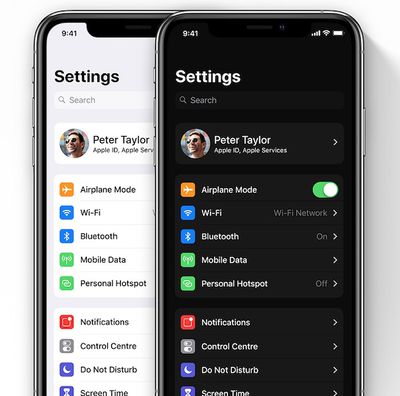
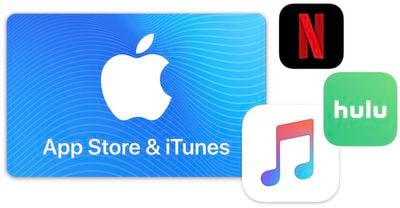 Note: MacRumors is an affiliate partner with some of these vendors. When you click a link and make a purchase, we may receive a small payment, which helps us keep the site running.
Note: MacRumors is an affiliate partner with some of these vendors. When you click a link and make a purchase, we may receive a small payment, which helps us keep the site running.
